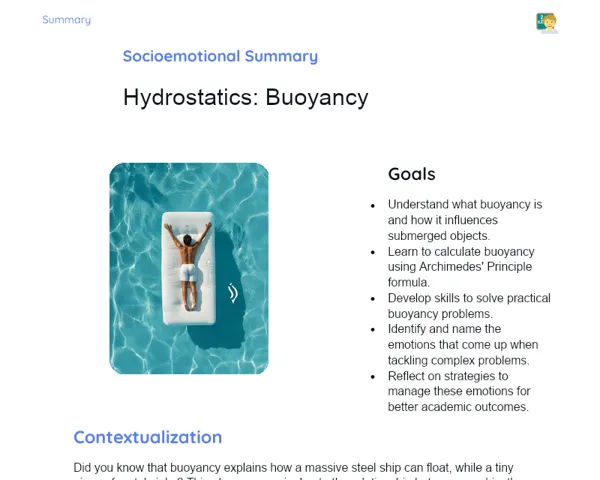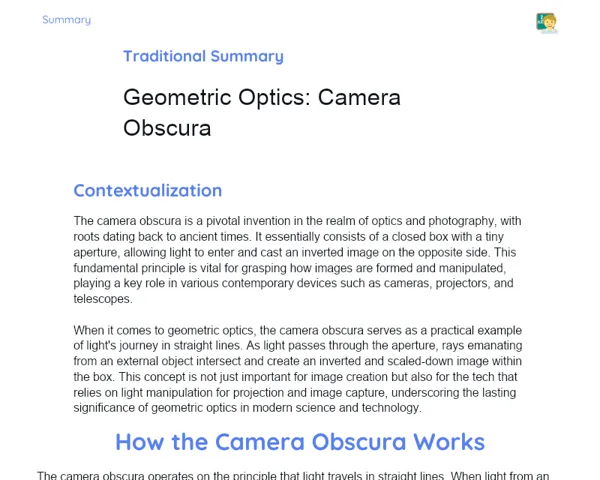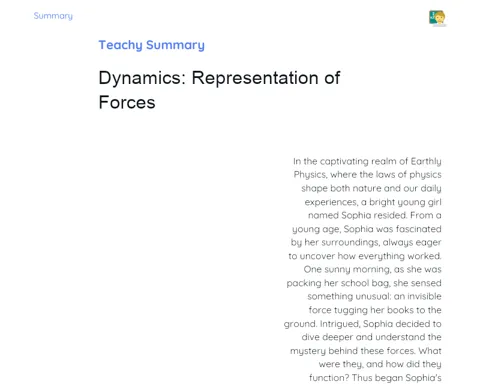Goals
1. Calculate the power produced by the Joule effect in a resistor or circuit.
2. Solve real-world problems involving power calculations, like figuring out how long a resistor would take to heat a specific amount of water.
Contextualization
Electricity is central to our everyday lives. Without it, many modern gadgets and conveniences wouldn't work. From our household appliances to heavy machinery in industry, electricity is vital. Grasping how to calculate electrical power helps us gain a clearer picture of energy usage and device efficiency. For example, calculating the power of an electric shower helps us see its energy consumption and the effect on our monthly electricity bill.
Subject Relevance
To Remember!
Electrical Power
Electrical power is the rate at which electrical energy is transferred by a circuit, measured in watts (W). It can be calculated using various formulas, depending on available parameters such as voltage (V), current (I), and resistance (R).
-
Basic formula: P = V * I (Power = Voltage x Current)
-
Other formulas: P = I² * R and P = V² / R
-
Unit of measurement: watt (W)
Joule Effect
The Joule effect describes how electrical energy converts into heat when an electric current flows through a conductor. This principle is essential for how devices like electric heaters and light bulbs work.
-
Joule effect formula: Q = I² * R * t (Heat generated = Current² x Resistance x Time)
-
Practical applications: heating elements in household appliances
-
Importance for energy efficiency
Power Calculation in Resistors
To work out the power dissipated in a resistor, it's essential to use the right formulas and understand how electrical resistance and current impact the result. This knowledge is important for engineering projects and maintaining electrical systems.
-
Use the formula P = I² * R to calculate power dissipation
-
Importance of accurate resistance and current measurements
-
Application in electrical circuits and everyday appliances
Practical Applications
-
Designing electric heating systems, such as heaters and stoves.
-
Maximising energy efficiency in homes by selecting energy-efficient appliances like LED lights.
-
Maintaining and repairing industrial electrical gear to ensure system efficiency and safety.
Key Terms
-
Electrical Power: The rate of electrical energy transfer per time unit.
-
Joule Effect: The phenomenon of converting electrical energy to heat in a conductor due to current flow.
-
Electrical Resistance: A material's property that restricts electric current flow, measured in ohms (Ω).
Questions for Reflections
-
How might energy efficiency shape the future design of products and technologies?
-
In what ways does understanding electrical power enable informed decisions about energy usage at home and in the workplace?
-
What challenges arise in creating efficient electrical systems, and how can we overcome them?
Hands-On Challenge: Calculate the Power of an Appliance
In this challenge, you'll calculate the power of an appliance in your home to enhance your understanding of energy consumption and the efficiency of electrical devices.
Instructions
-
Pick an appliance from your home, like a kettle or hair straightener.
-
Note down the voltage (V) and current (I) from the appliance's label.
-
Calculate the electrical power using the formula P = V * I.
-
Find the energy consumption of the device in kWh (kilowatt-hours) and compare it to similar appliances.
-
Prepare a short report detailing your calculation process, insights into energy consumption, and tips for optimising the appliance's energy use.



